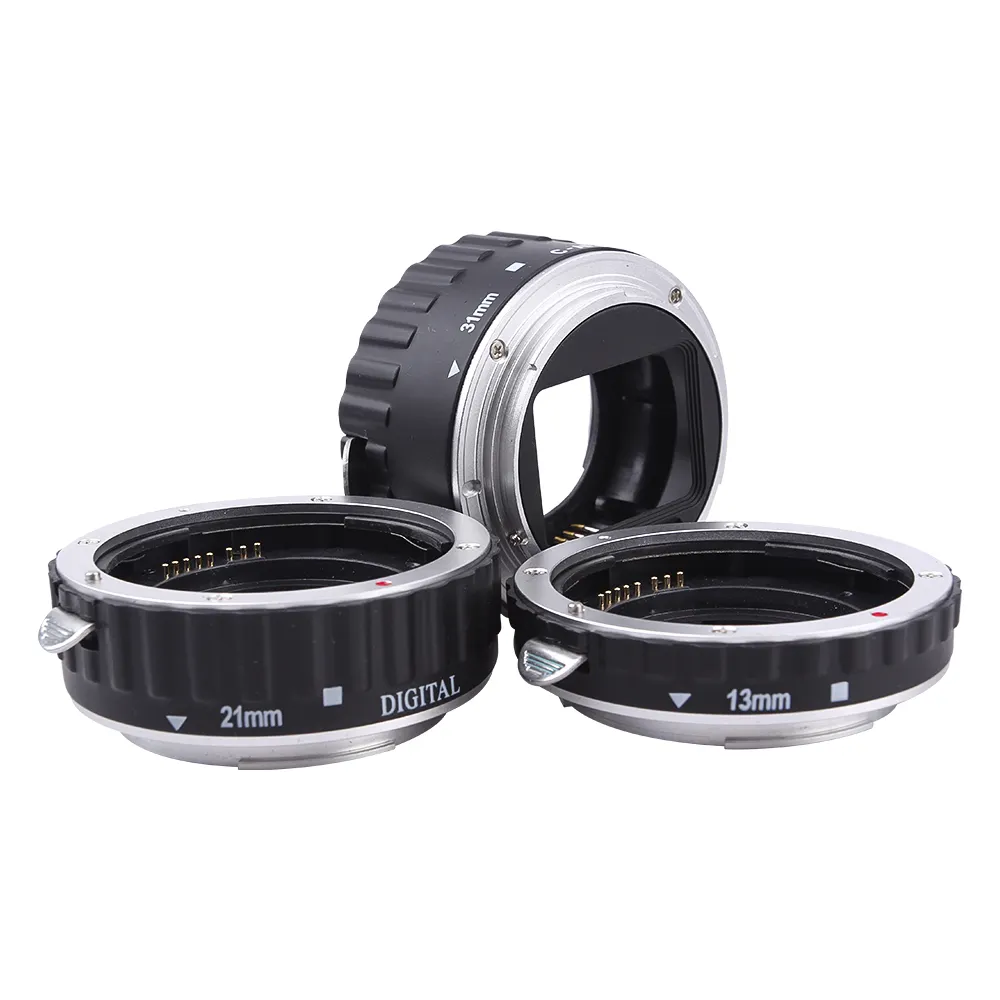

Time:2025-04-17 Views:1

Macro lens adapters are subject to various forms of wear during their regular use in the photography field. Their wear resistance is a key factor in determining their long - term reliability and performance.
Mechanical Wear in Everyday Use
During normal operation, macro lens adapters experience mechanical wear in several ways. One of the most common sources of wear is the repeated attachment and detachment of the adapter to the lens and camera body. The threads on the adapter, which are used for screwing it onto the lens or camera mount, can gradually wear down over time. This is especially true if the attachment and detachment are done forcefully or without proper alignment. Additionally, the friction between the adapter and the lens or camera body during rotation for focusing or adjusting the position can also cause wear. For example, in macro photography, photographers often need to make fine - tuned adjustments to the focus, which involves rotating the lens - adapter - camera assembly. This continuous rotation can lead to wear on the contact surfaces between the adapter and the other components. The materials used in the construction of the adapter play a crucial role in its resistance to this type of mechanical wear. Harder materials, such as certain grades of aluminum alloy or stainless steel, are more resistant to abrasion compared to softer plastics.
Wear due to Environmental Factors
Environmental factors can also contribute to the wear of macro lens adapters. In outdoor shooting, the adapter may be exposed to dust, sand, and other abrasive particles. These particles can get trapped between the moving parts of the adapter, such as the threads or the joints where the adapter connects to the lens and camera. When the adapter is moved or adjusted, these abrasive particles can act like tiny sandpapers, causing scratches and wear on the surfaces. In addition, temperature variations can also affect the wear resistance of the adapter. Extreme heat or cold can cause the materials in the adapter to expand or contract, which may lead to increased stress on the joints and contact surfaces, accelerating the wear process.
Consequences of Wear and Mitigation Strategies
The wear of macro lens adapters can have several consequences. Worn - out threads can result in loose connections, which can lead to instability during shooting and affect the accuracy of focusing. Scratches and wear on the contact surfaces can also increase the friction, making it more difficult to rotate the lens for focusing or adjust the position of the adapter. To mitigate these issues, manufacturers design macro lens adapters with wear - resistant materials and features. Some adapters may have reinforced threads or use materials with low - friction properties to reduce the wear during rotation. Photographers can also take steps to extend the lifespan of their macro lens adapters. They should always attach and detach the adapter carefully, ensuring proper alignment to avoid unnecessary stress on the threads. Regular cleaning of the adapter to remove any abrasive particles and storing it in a protective case when not in use can also help reduce wear. By considering the wear resistance of macro lens adapters and taking appropriate measures, photographers can ensure that their equipment remains in good working condition for a long time.
Read recommendations: